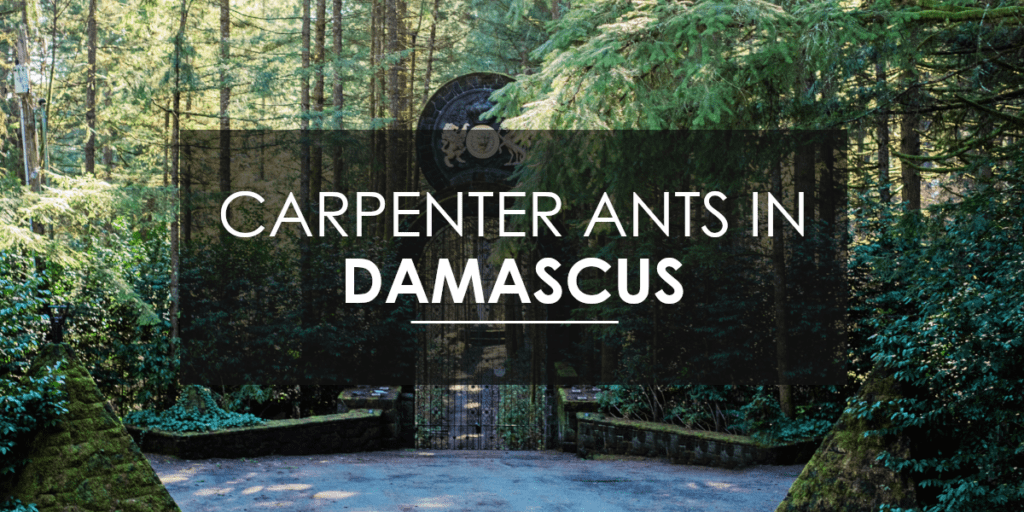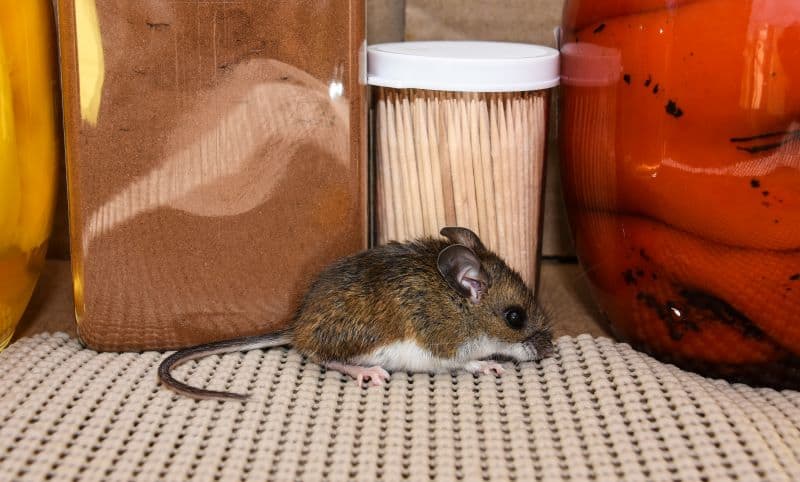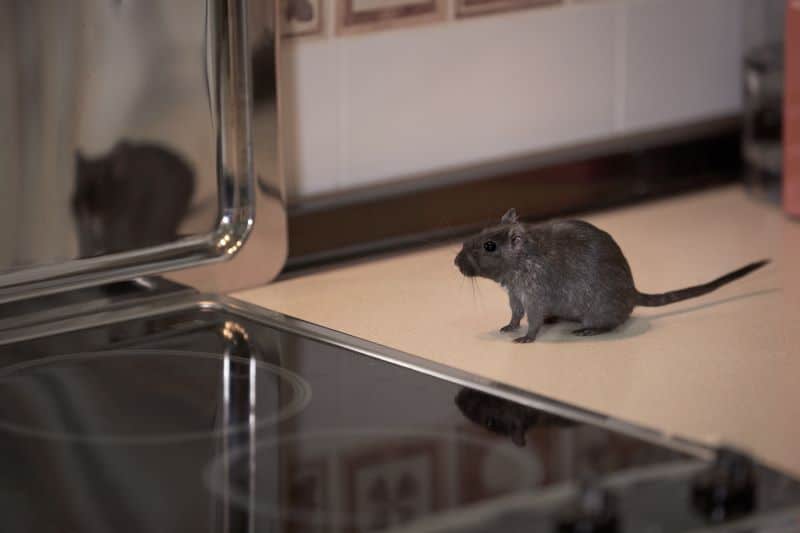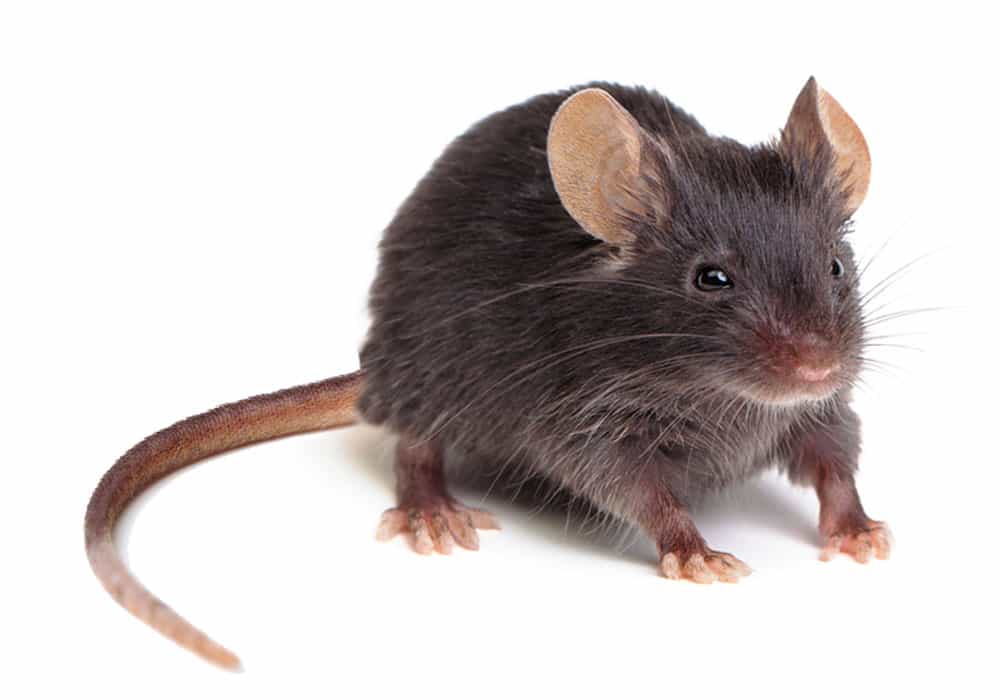Know Your Enemy
Sugar ants are really odorous house ants. They are small and black, commonly found indoors. Pavement ants prefer driveway cracks and rarely show up inside. Larger ants, like carpenter ants, pose structural threats and have very different treatment needs. Then there are velvety tree ants, which are also larger and less common inside.
🐜 Sugar Ants vs. Regular Ants: Key Differences
Understanding the distinctions between sugar ants (often referred to as odorous house ants) and other common ant species is crucial for effective pest control.
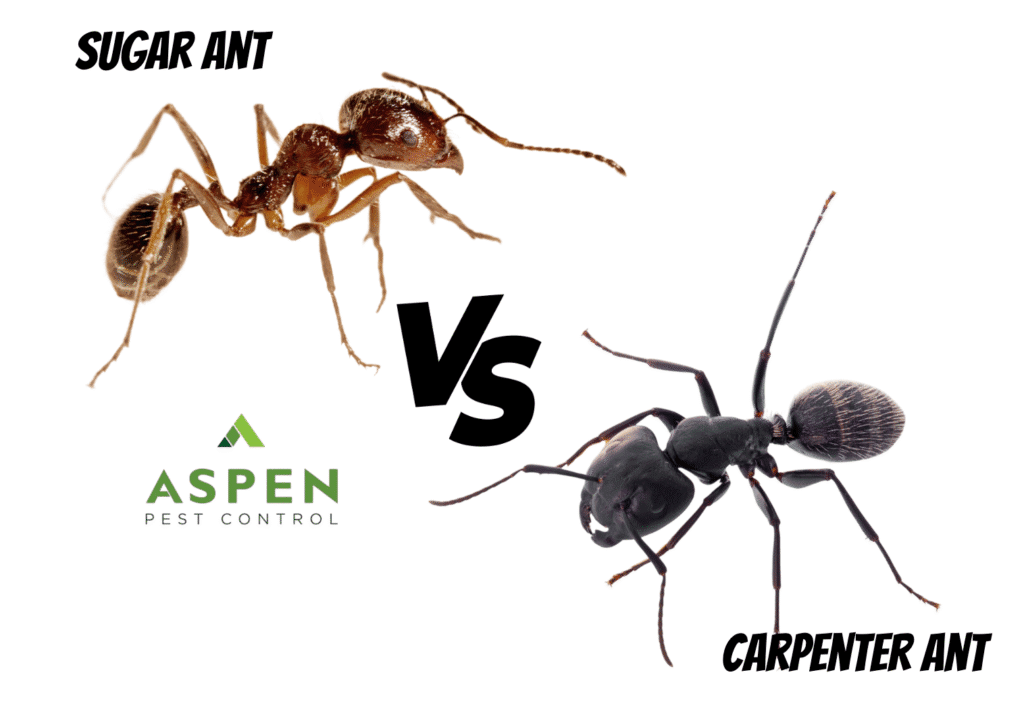
1. Scientific Classification
-
Sugar Ants: Primarily Tapinoma sessile, also known as odorous house ants.
-
Regular Ants: A broad category encompassing various species such as pavement ants (Tetramorium immigrans), carpenter ants (Camponotus spp.), and fire ants (Solenopsis spp.).
2. Size and Appearance
-
Sugar Ants: Small, measuring approximately 2.5–3 mm in length, and typically dark brown or black.
-
Regular Ants: Size and color vary widely depending on the species. For instance, carpenter ants can grow up to 25 mm and are usually black or red.
3. Dietary Preferences
-
Sugar Ants: Highly attracted to sugary substances like fruit, candy, and honeydew produced by aphids.
-
Regular Ants: Diet varies by species; for example, carpenter ants feed on proteins and sugars, while fire ants prefer meats and fats.
4. Nesting Habits
-
Sugar Ants: Tend to nest in soil near building foundations and can establish multiple colonies.
-
Regular Ants: Nesting locations vary; carpenter ants burrow into wood, while fire ants build large mounds in open areas.
5. Behavior and Colonies
-
Sugar Ants: Known for their strong coconut-like odor when crushed, a result of formic acid secretion.
-
Regular Ants: Behavior and colony structure differ; for example, carpenter ants have a single queen per colony and can cause structural damage to wooden structures.
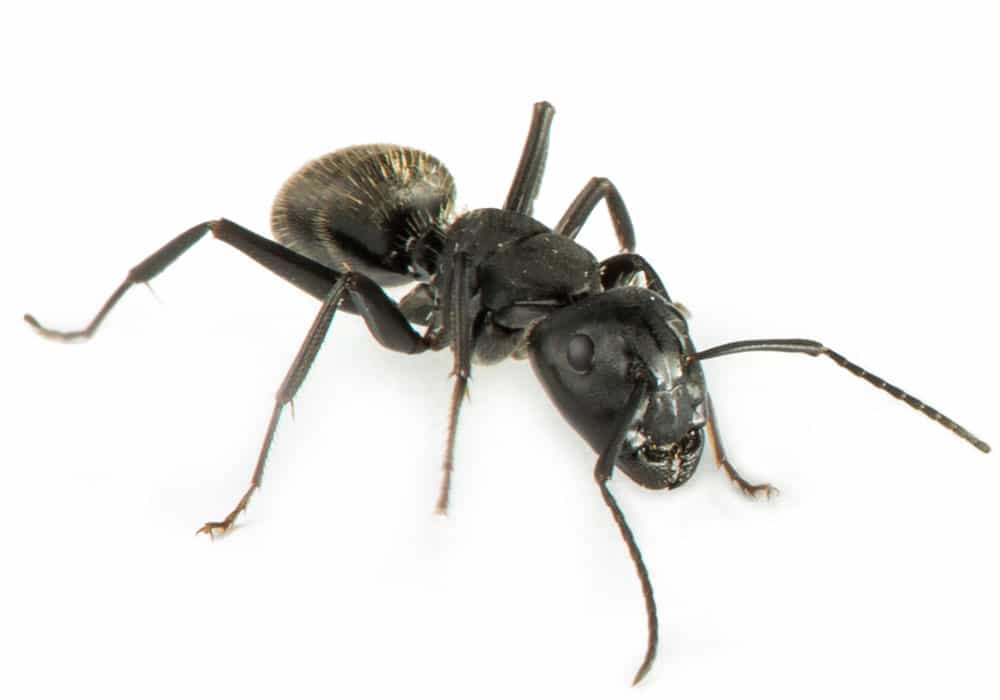
Sugar Ant Description
Size
The sugar ant is very small—measuring about 2.4-3.3mm long. They are typically about as small as a pencil eraser. Although they are small, they quickly become noticeable as they swarm around food or stream through your home in a line.
Color
Sugar ants are typically black in color.
Smell
This might sound strange, but when crushed, sugar ants release an unpleasant, coconut-smelling odor. Sugar ants have a gland that releases this smell and it’s why they are called the odorous house ant.



